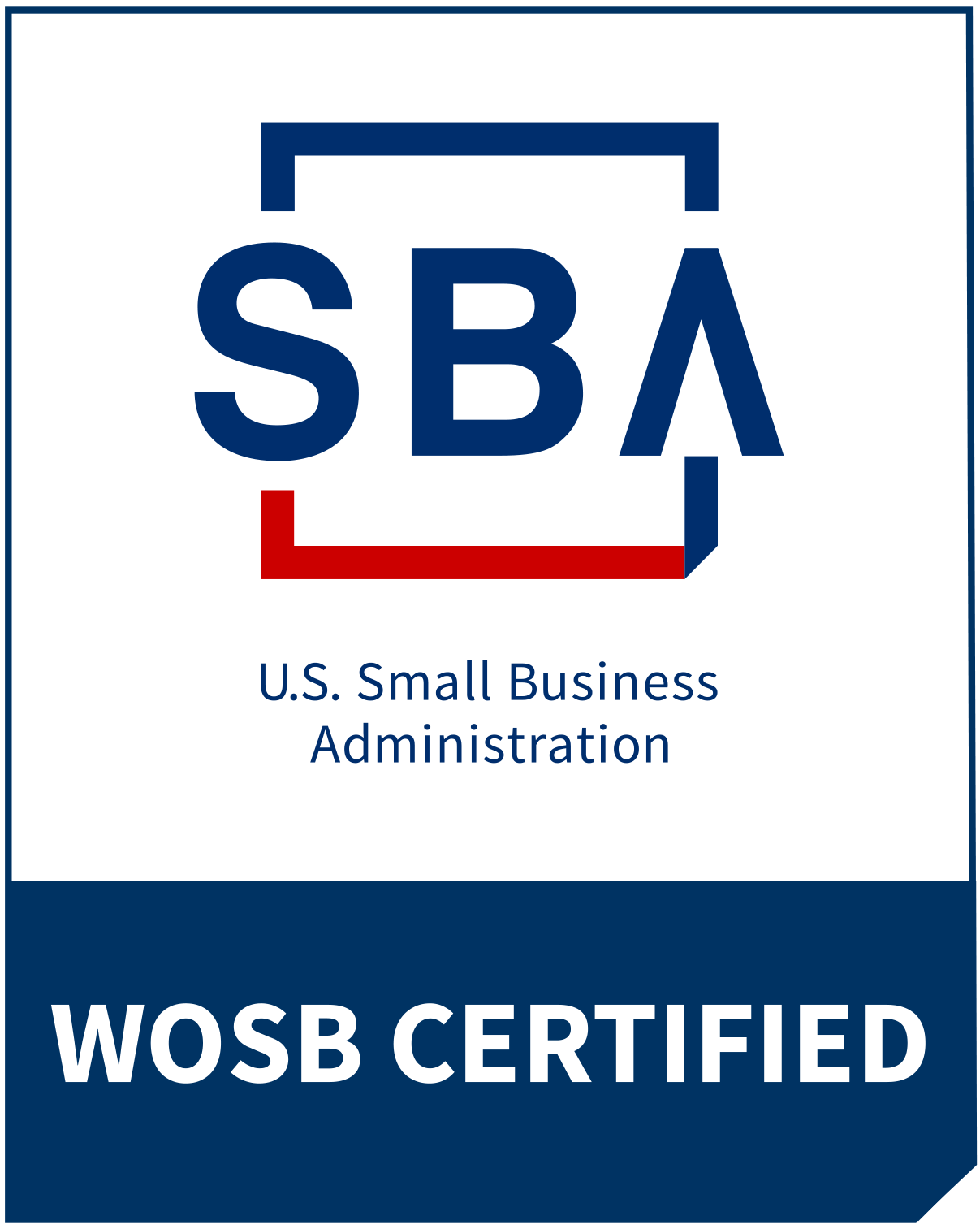From Startup to Scale-Up: Systems to Grow Smarter
- admin
- 0 Comments
- December 7, 2023
From Startup to Scale-Up: Systems to Grow Smarter
If you run a small business or lead a startup, growth is likely a top priority. However, rapid growth can quickly become overwhelming and chaotic without the right systems and processes in place. Do you ever feel like your business is growing faster than your ability to manage it all? Have you experienced declines in quality, service mishaps, or employee attrition that slowed your expansion? Developing scalable systems that align with your company’s growth stages is critical to supporting sustainable expansion while maintaining quality and consistency.
What is a System?
Let’s start by defining a “system.” A system is a set of standardized processes and procedures that improve efficiency, accuracy, and communication. Systems create order from complexity and ambiguity. They codify tasks, workflows, and policies so that employees have clarity on expectations.
Why Systems Matter
Research shows that standardized systems can lead to a 20-30% improvement in productivity (McKinsey, 2022). They also minimize mistakes and errors that cost US companies $1.8 trillion annually (ASQ, 2021). For small businesses with limited bandwidth, robust systems are essential to managing rapid scaling.
Mapping Systems to Growth Stages
As your business evolves from a startup to a mature company, your infrastructure and processes must advance accordingly. Here are five growth phases and the systems most critical at each stage:
1. Startup Phase
Focus on standardizing your core offering and customer experience. Create systems for your sales process, onboarding, service delivery, and support. Document these procedures so new team members can get up to speed quickly.
2. Validation Phase
With initial traction and customers, build infrastructure to support scaling. Develop recruiting systems to expand your team rapidly. Create real-time visibility into key metrics to spot issues before they become crises.
3. Growth Phase
Refine systems and prepare the organization for rapid expansion. Institute knowledge management platforms and training programs to maintain quality standards. Update the organizational chart and job descriptions to preserve culture amidst hypergrowth.
4. Scale-Up Phase
With surging demand and headcount, identify constraints before they bottleneck operations. Reinforce foundations like CRM, inventory, and HR systems. Automate routine tasks to focus talent on judgment-intensive work that requires human input.
5. Maturity Phase
Congratulations on your business success! Focus systems on optimizing efficiency, deepening competitive differentiation, and renewing innovation pipelines. Build platforms that harness institutional knowledge and data analytics to guide strategy.
Steps for Developing Systems
While systems should align with growth stages, the process for creating them is consistent:
1. Document current workflows, pain points, and bottlenecks.
2. Consult team members doing the work to surface needs and insights.
3. Map ideal future state processes step-by-step.
4. Identify key data points and metrics to track.
5. Create Standard Operating Procedures (SOP) documentation.
6. Train employees on new systems with test runs.
7. Implement, get feedback, and continuously improve.
With each cycle, processes get tighter, and efficacy improves. Compound gains from systems drive productivity, service quality, and ability to scale.
The Perils of Poor Systems
Growing companies without aligned systems court disaster. Here are two examples:
Example 1
Team Communication Breakdowns: A 15-person startup landed a huge account, doubling its client base overnight. However, with ad-hoc internal systems, details slipped through the cracks across sales, account management, and service delivery. Multiple errors eroded client trust, putting the business partnership at risk.
Example 2
Talent Management Failures: A fast-growing consulting firm neglected its people operations amidst rapid hiring. Without onboarding systems, 30% of new hires felt neglected and left within a year. Client projects suffered from attrition and low morale, stalling growth.
In both cases, disciplined systems and processes could have prevented issues or provided early warning signs to course-correct.
Slow Down to Speed Up
Counterintuitively, pausing strategic growth to develop scalable systems will accelerate long-term success. The effort invested in getting structures right pays exponential dividends over time.
As leadership expert Verne Harnish says, you want your company to grow “slow for long, not fast to fail.” Mature systems allow you to expand rapidly without chaos. They enable smart business growth rooted in process excellence.
Key Takeaways
Here are the key takeaways:
Develop systems anchored to each growth stage.
Standardize processes for consistency as you scale.
Refine systems continuously to drive optimization.
Fix bottlenecks before they stall expansion.
Let efficient systems support rapid, quality growth.
Systems form the scaffolding upon which thriving businesses get built. Developing processes purposefully from startup through maturity means your company can still feel small, even at scale. With adaptable systems as your foundation, sustained growth becomes smoother, easier, and more fun!
Growing Successfully But Feeling the Cultural Cost?
Your business is scaling, but something doesn't feel quite right. You're watching your company grow while worrying about preserving what makes it special. The processes that once worked smoothly now feel strained, and you're spending more time putting out fires than leading with vision.
The solution isn't choosing between growth and culture—it's building systems that support both. My 3S Profit Optimizer framework helps you secure more clients, streamline operations, and supercharge scalability while protecting what makes your company unique. I've helped numerous businesses scale thoughtfully without losing their soul.
Let's create processes that strengthen—not strain—your culture. Take action now and click below.
Related Posts

Scaling with Heart: Empathetic Leadership for Entrepreneurs




